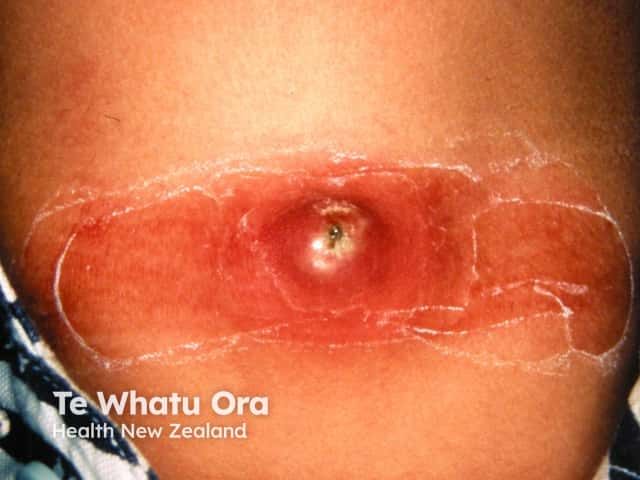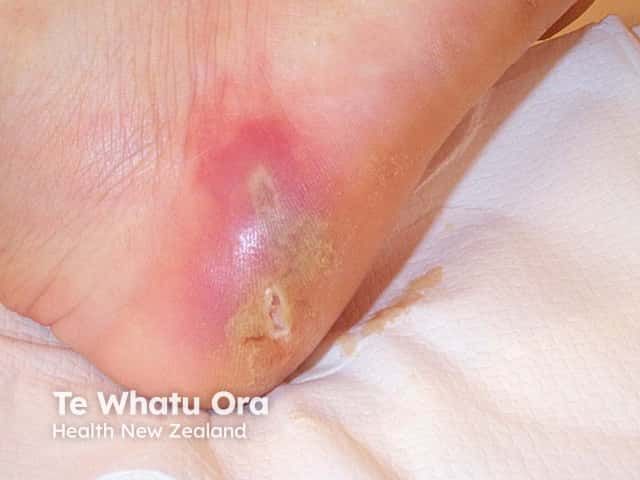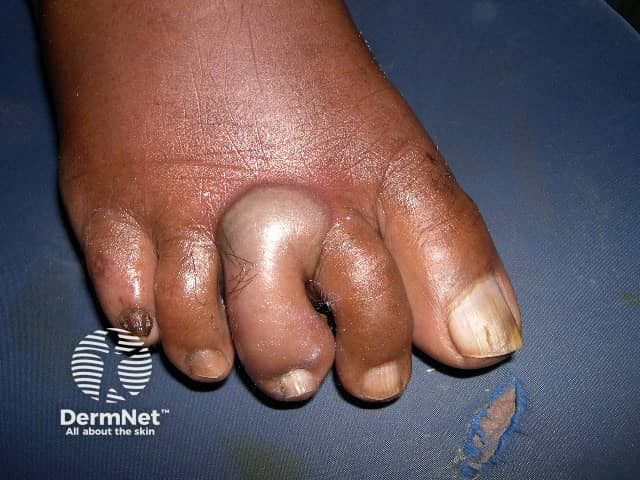Winkelwagen
U heeft geen artikelen in uw winkelwagen
Am Fam Physician. 2020,101(1):24-33
Author disclosure: No relevant financial affiliations.
Anorectal conditions are commonly seen in primary care settings. 1 Although the differential diagnosis is broad, a history coupled with an external examination (with and without straining), a digital rectal examination, and anoscopy can often provide the correct diagnosis. 2 This article focuses on common benign anorectal conditions (Table 1 2 – 15 ), but clinicians must keep in mind that benign and malignant diseases often present with similar symptoms. 3
| Clinical recommendations | Evidence rating | Comments |
|---|---|---|
| Dietary modification including adequate fiber intake improves quality of life and is recommended in the treatment of multiple benign anal conditions including hemorrhoids, anal fissures, functional rectal pain, and fecal incontinence. 9 , 58 , 61 | B | Two smaller RCTs and a prospective observational trial showing symptom benefit in several different conditions |
| Along with dietary modification, topical treatments such as flavonoids, steroids, analgesics, and antiseptics may be used to treat hemorrhoids. 2 , 19 | C | Expert opinion and consensus guidelines in the absence of clinical trials |
| In addition to measures aimed at softening the stool, chronic anal fissures should be treated with topical nitroglycerin 0.4% ointment, topical calcium channel blockers, or onabotulinumtoxinA (Botox) injections. 21 , 35 – 37 | A | Multiple meta-analyses, including a Cochrane review, showing symptom benefit and resolution of fissures |
| Manual stretching should not be used to treat anal fissures. 39 | A | Meta-analysis of four RCTs showing less effectiveness and more complications compared with other treatments |
| Patients with fecal incontinence should be referred for biofeedback. 5 , 60 | B | Two RCTs with consistent data showing improved symptoms and quality of life |
Untuk mendiagnosa abses perianal, dokter akan menanyakan gejala yang kamu alami dan melakukan pemeriksaan fisik pada area dubur.
Pemeriksaan fisik bertujuan untuk memeriksa benjolan atau pembengkakan melalui perabaan pada daerah anus dan sekitarnya guna memastikan adanya benjolan yang mungkin berisi nanah.
Pemeriksaan ini juga bertujuan untuk melihat warna dan keterlibatan jaringan sekitarnya.
Pada sebagian kasus, bila terdapat keluhan nyeri pada daerah sekitar anus, tetapi benjolan berisi nanah tidak ketemu, maka beberapa pemeriksaan pencitraan akan dilakukan.
Berikut beberapa pemeriksaan penunjang yang mungkin dilakukan oleh dokter:
Dengan menggunakan kecanggihan komputer dan mesin sinar-X, pemeriksaan ini bisa membantu dokter menemukan benjolan nanah, terutama yang terbentuk jauh di dalam anus.
Pemeriksaan pencitraan MRI memanfaatkan teknologi magnet dan gelombang radio.
Sama seperti CT scan, pemeriksaan ini juga bertujuan untuk membantu dokter menemukan abses perianal di dalam anus.
Ultrasonografi atau USG dilakukan dengan cara menampilkan gambar atau citra dari kondisi bagian dalam tubuh.
Misalnya seperti organ tertentu atau jaringan lunak pada tubuh. Pemeriksaan pencitraan USG sendiri memanfaatkan gelombang suara dengan frekuensi tinggi.

Rectal prolapse is a full-thickness intussusception of the bowel through the anus. It often presents as a mass protruding through the anus after straining (Figure 4). 26 Other symptoms may include anal discharge, pain, and bleeding. The condition is most common in women, and its prevalence increases with age. 25 Treatment of rectal prolapse is surgical, although a Cochrane review found no single surgical procedure to be superior. 12
Fecal incontinence is recurrent uncontrolled passage of fecal material. It occurs in 5.9% of adults, but less than 50% of patients inform clinicians about the problem, even after direct questioning. 56 The rate of fecal incontinence is considerably higher in care homes, ranging from 30% to 50%. 57 There is evidence that adequate fiber intake decreases the incidence of fecal incontinence in women. 58
Common causes of fecal incontinence include anal sphincter defects, impaction with overflow, neuropathy, rectal prolapse, and inflammatory bowel disease. Central nervous system disorders can also cause fecal incontinence, and incontinence from sphincter defects caused by obstetric or surgical procedures can present decades after the injury. 59 With so many possible contributing causes, fecal incontinence is often multifactorial, so a history with a focus on identifying reversible causes is the first step. A focused physical examination should include an external examination with straining to evaluate for prolapse, a digital rectal examination to assess anal tone and check for impaction, and an assessment of neurologic function using a perianal pinprick test for sensation. Pinprick testing is accomplished by touching a sharp instrument to the edge of the anal verge and verifying the patient’s sensation. An anal wink consisting of involuntary contraction of the anal sphincter can concomitantly be observed to confirm an intact sacral reflex arc. If no cause is apparent, the next step is anorectal manometry, in which a balloon catheter is placed inside the rectum to measure function of the anal sphincter during rest, contraction, and simulated defecation. 3 , 22

An abscess is a cavity filled with sepsis ). It contains white blood cells, dead tissue and bacteria.
abscesses may occur anywhere on the skin, but are most common under the arms, at the base of the spine (pilonidal disease) or around the genitals (for example, Bartholin abscess) and anus.
An abscess usually presents as a hot, red, swollen and painful lump. It may lead to lymph nodes , and illness including potentially dangerous bacterial abscesses may be cool, skin coloured and painless.
If not treated, an abscess eventually bursts and drains thick yellow pus.
Although it may become 'walled off' by an
Sterile abscess following collagen test injection
Abscess in diabetic
